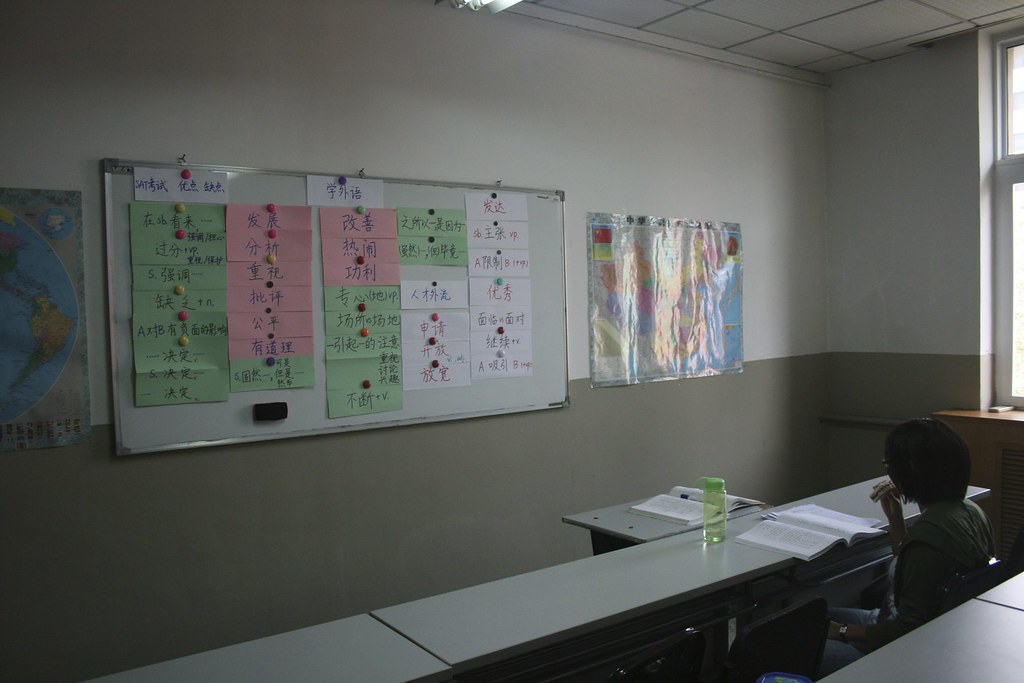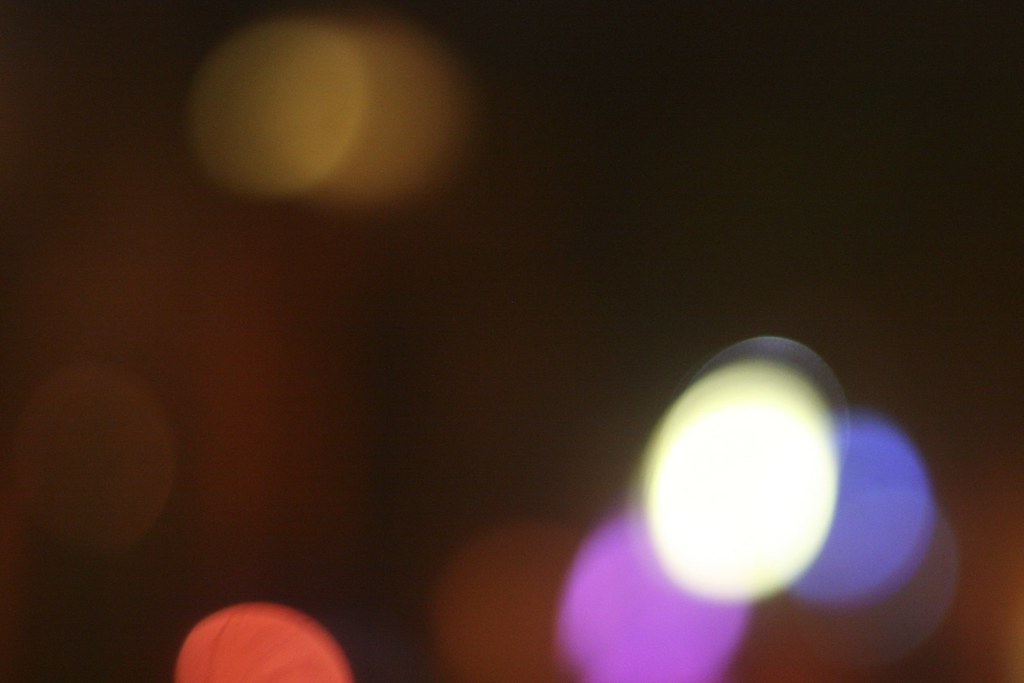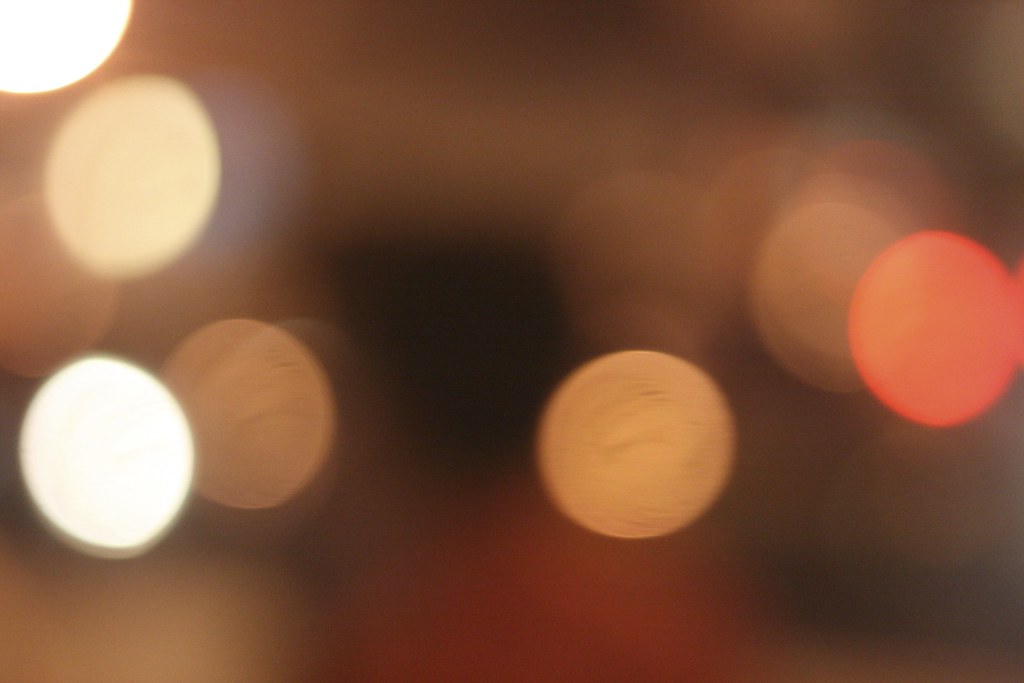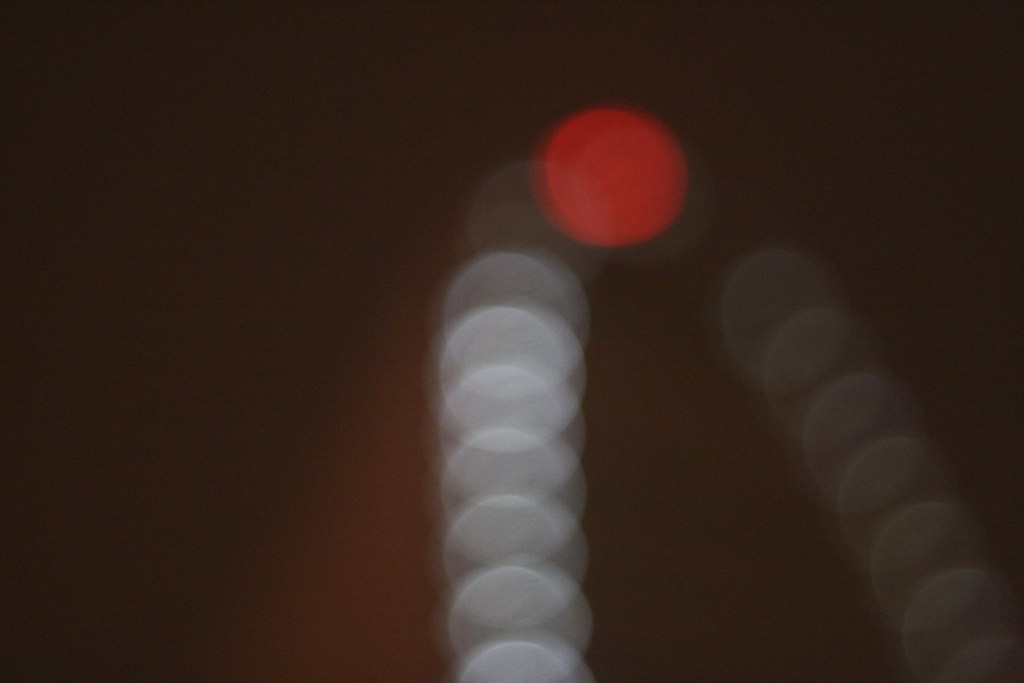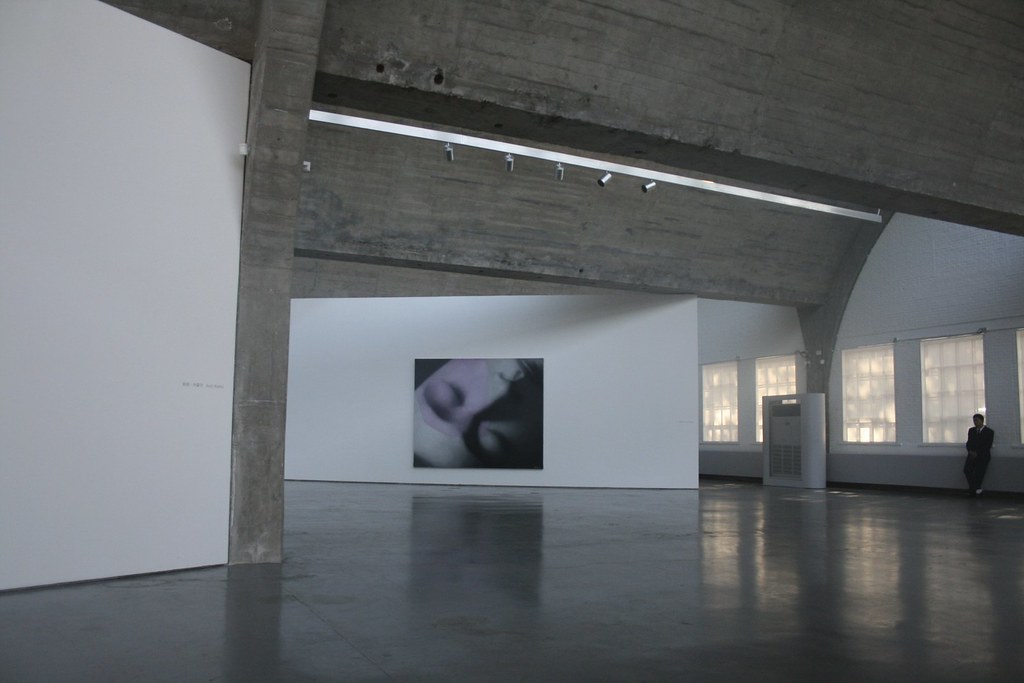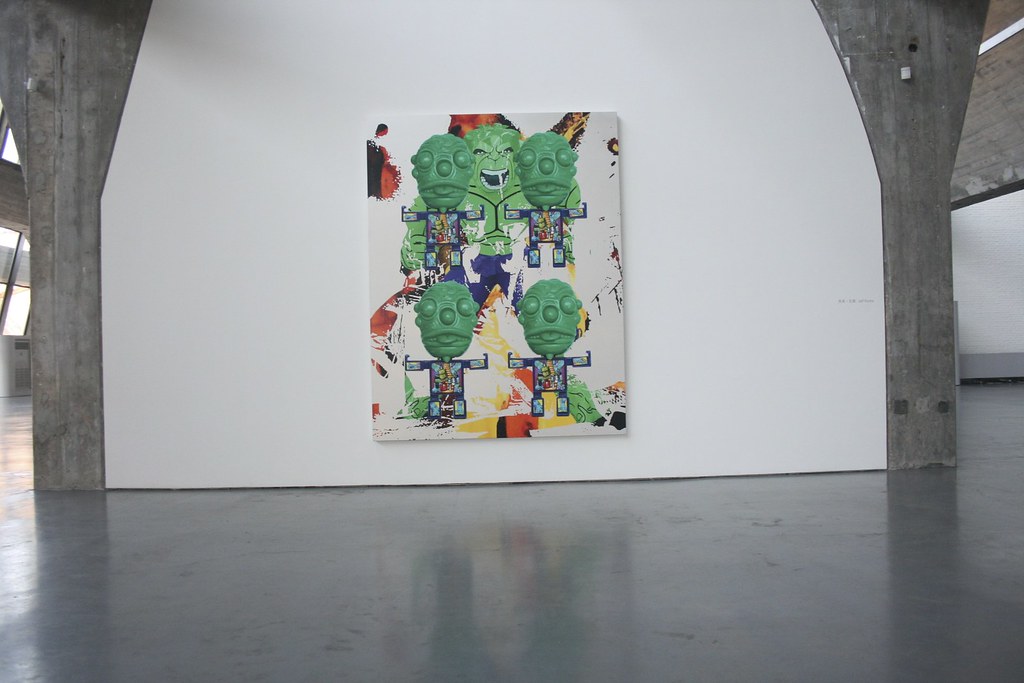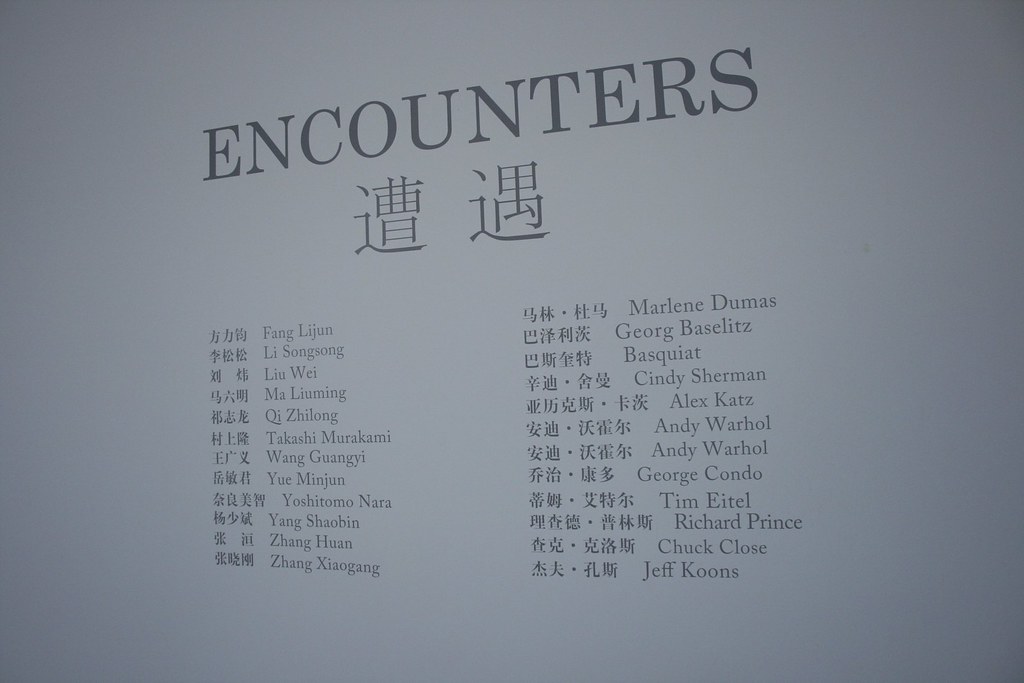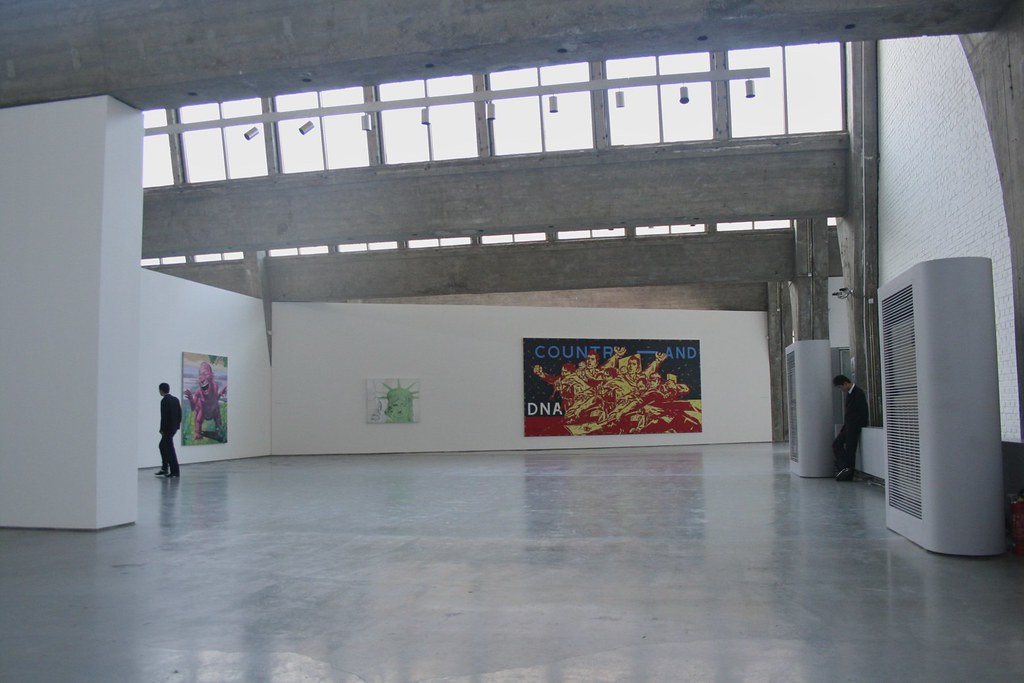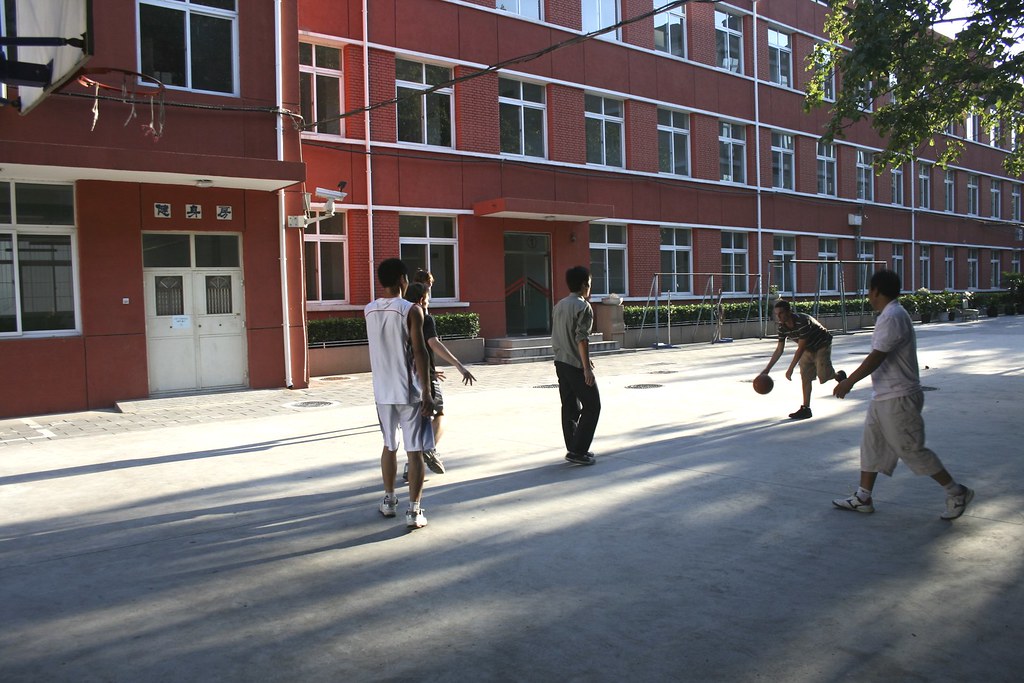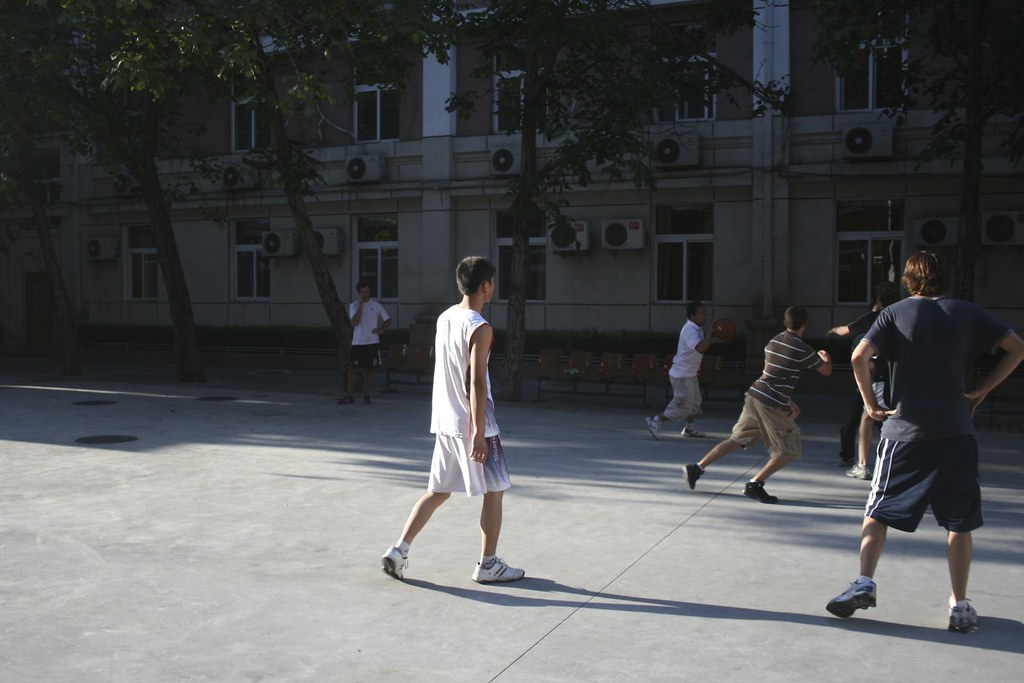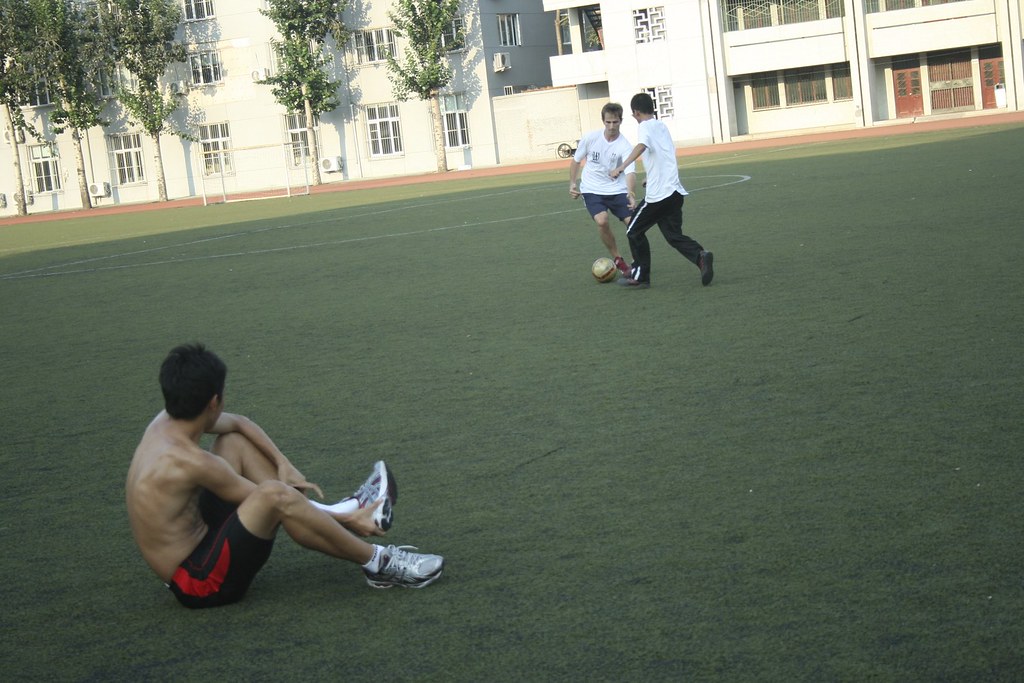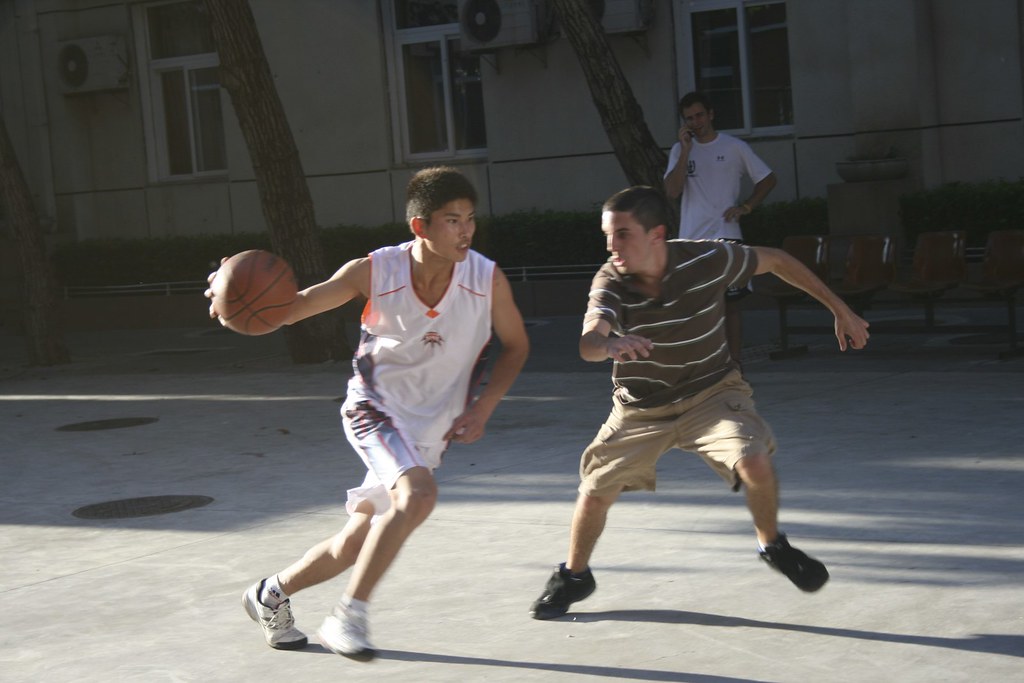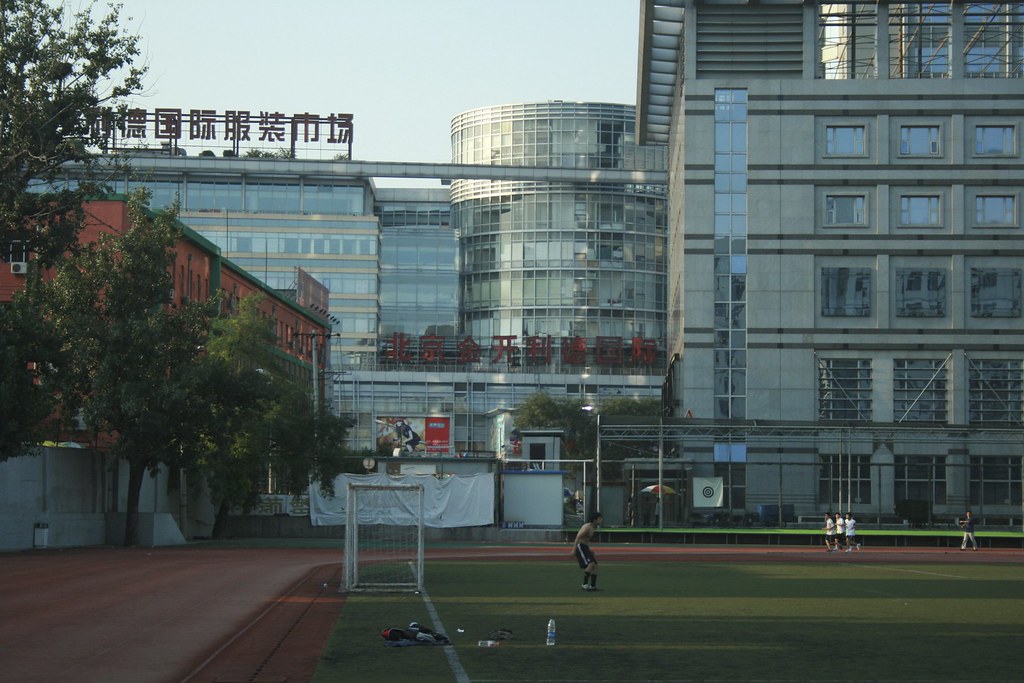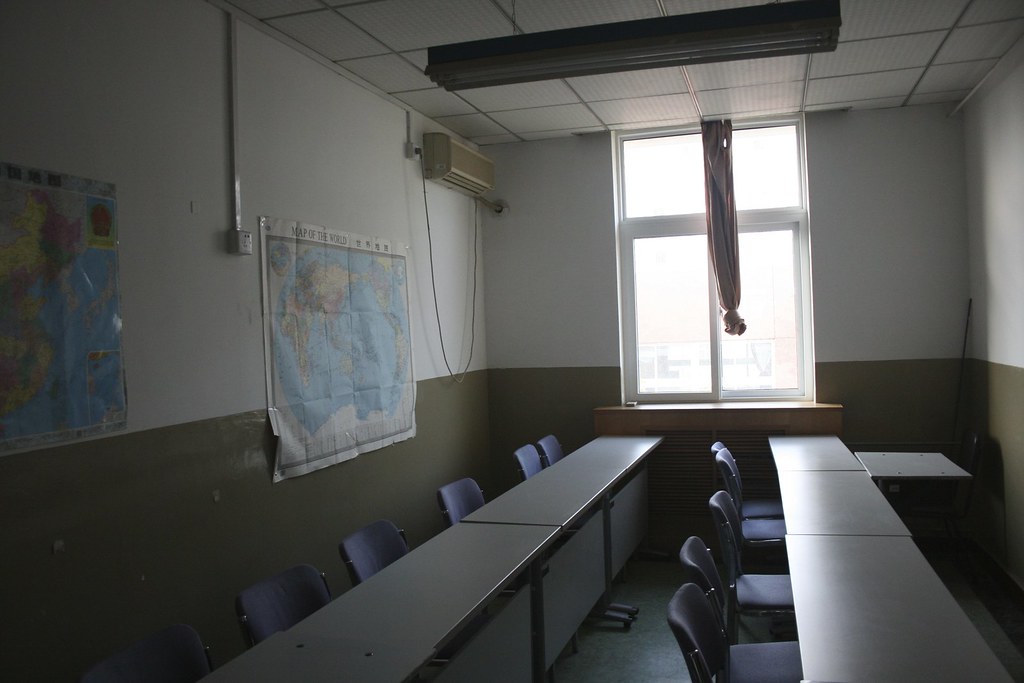
The other day the topic for our daily textbook reading was this Chinese test called the Gaokao, literally translated, kind of a shorthand for ‘High School test’. The test determines not only which college you attend, but also your major. The subject you study for four years. It’s the biggest moment of a Chinese student’s high school career. Easy to see why when it decides such a big part of your life.
So much for aptitude tests, right?
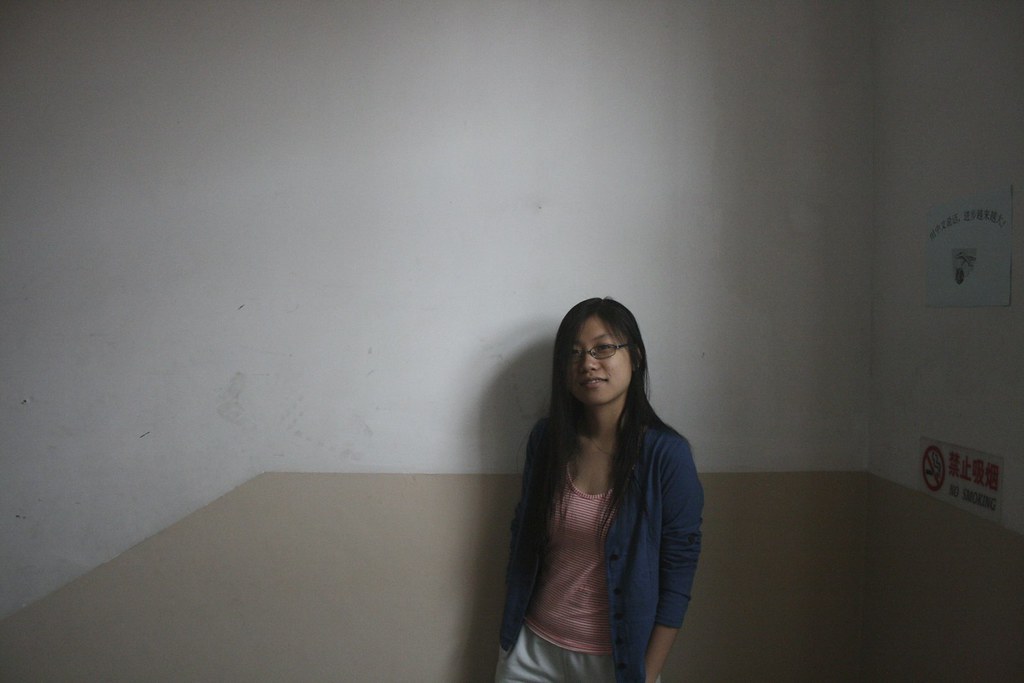
My roommate told me that the time leading up to this test was literally the hardest part of his life so far. After school activities? After freshman year, nothing. Sports? Maybe in your gym class. Going out with friends? Sorry, you have to study. All of your time is spent preparing, endlessly, for this one test.
My roommate looks up from his college civil engineering homework. “After school we didn't do anything else. Eating dinner took maybe 15 minutes. After eating I went back to studying.”
"It's not that the Chinese educational system has problems," he says, "It's that the Chinese educational system is a problem." The remark's a little hard to translate, but I hope the meaning comes through. The idea I get of this period in a Chinese student's life is that it's a black hole of studying. It's all that exists. Despite the problems, my roommate says, "There's no other way. You can't not take the test."
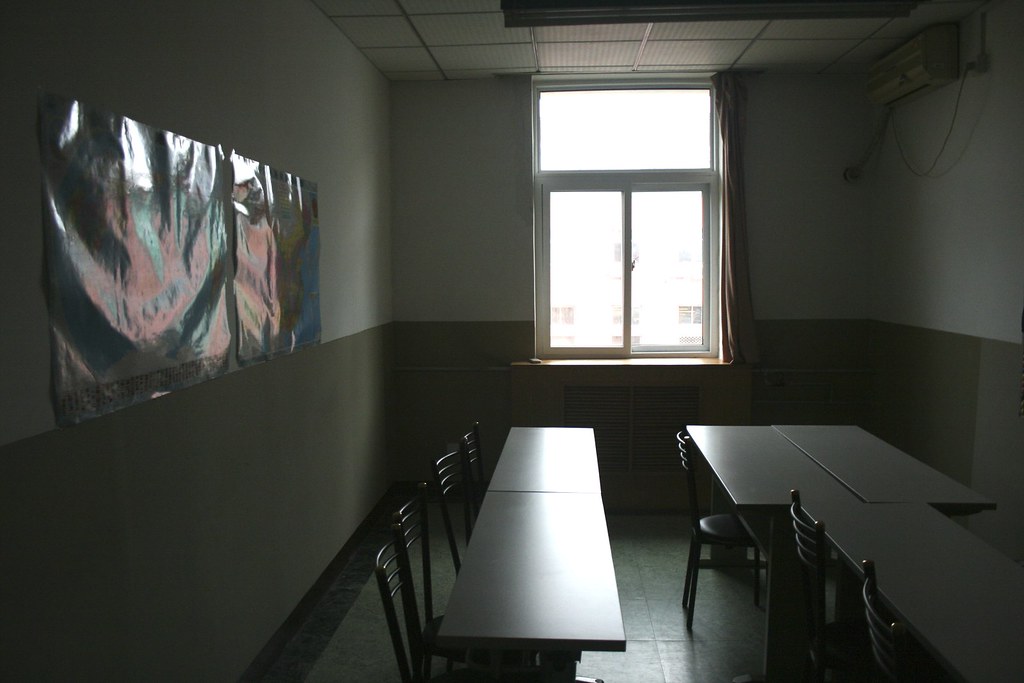
Gaokao lasts for two days: 5 hours a day with a break between morning and afternoon. This is a change from before when it was 3 days long. The Chinese government recently moved the test from July to June because they couldn’t turn on the air conditioning during the worst of the summer and it was too hot for the students to work.
In our classtime discussion, the Gaokao test was compared to the SATs for American students. “Don’t the SATs determine where you go to college?” our twenty-four year old teacher asks.
Well. Partly, I guess.
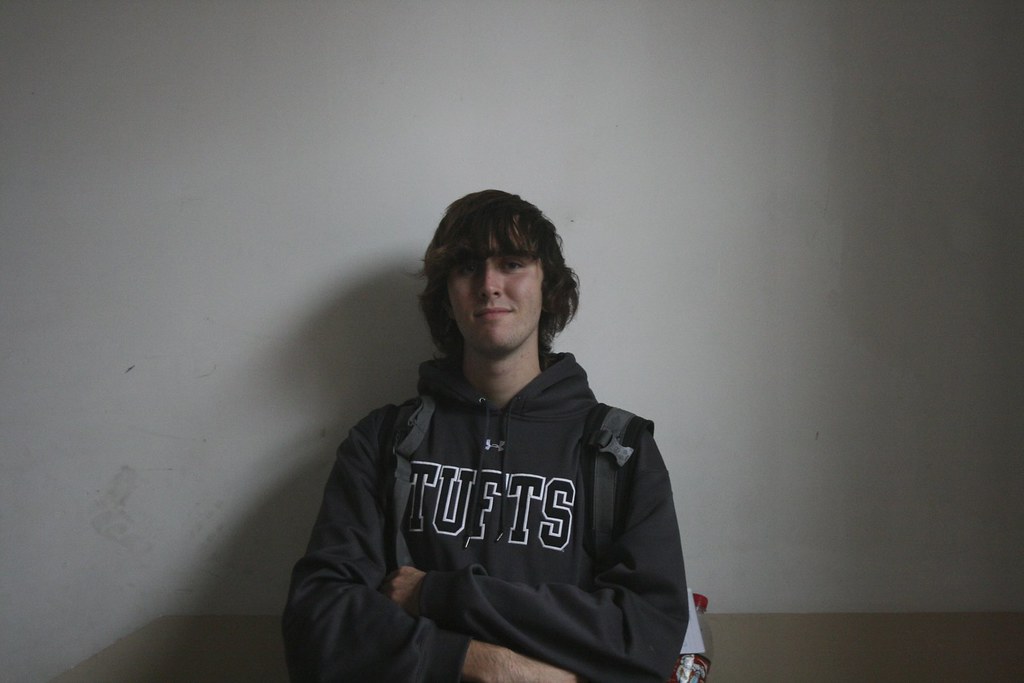
The SAT is long, sure. When I took it the test lasted 4 hours one morning. Stressful, of course. Life-defining? Not entirely. We American students have other activities. What are colleges looking at in the states?
1. What can you give us?
2. How many foreign countries have you been to?
3. What has been the defining moment of your life?
4. Tell us in paragraphs.
Looking back on it, it’s a pretty loose system, one that has benefited myself and so many of my friends. We have a choice. We have time to prove ourselves. We have our hobbies, we have our friends.

We certainly have more than just a number to throw at admission-folk in the US. Here? One of the sentences in our reading put forth rather matter-of-factly, "Chinese high school students don't have the time to develop their own interests." Your Gaokao grade is your major, it is your career.
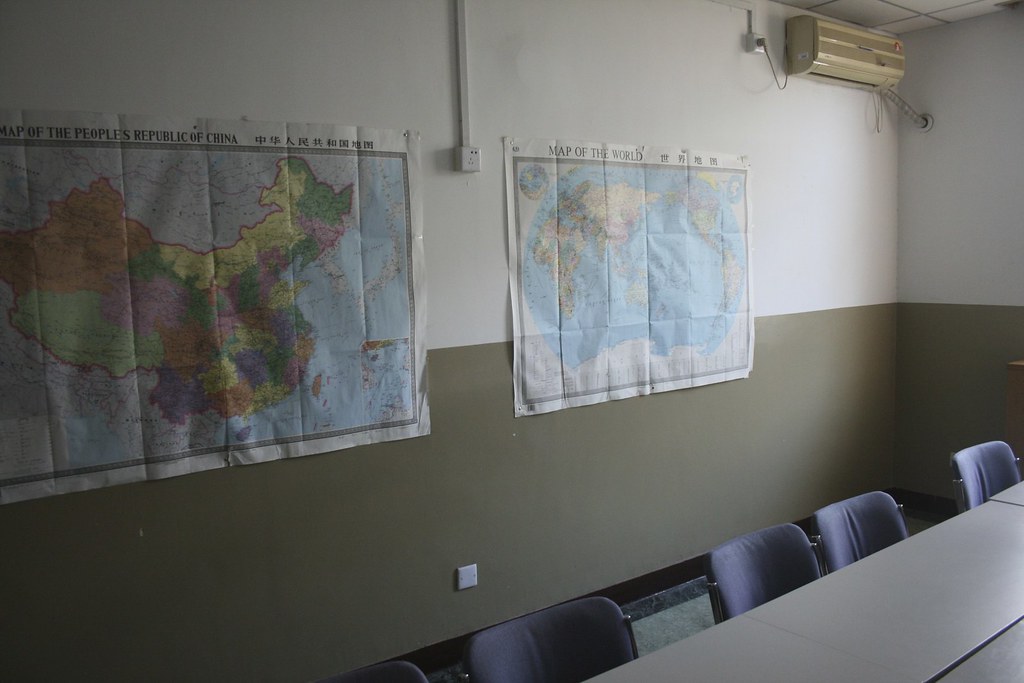
In China, what’s left but the numbers? Think about the things you hear so often. Four babies. Billions of people. Ten percent growth. One chance. One test.
That China is killing us in math and science is an often quoted fact. How are the students getting there? The testing process isn't something you hear about when you hear about Chinese education.
You hear the numbers. You hear millions of engineers every year. Maybe some would rather study literature.
